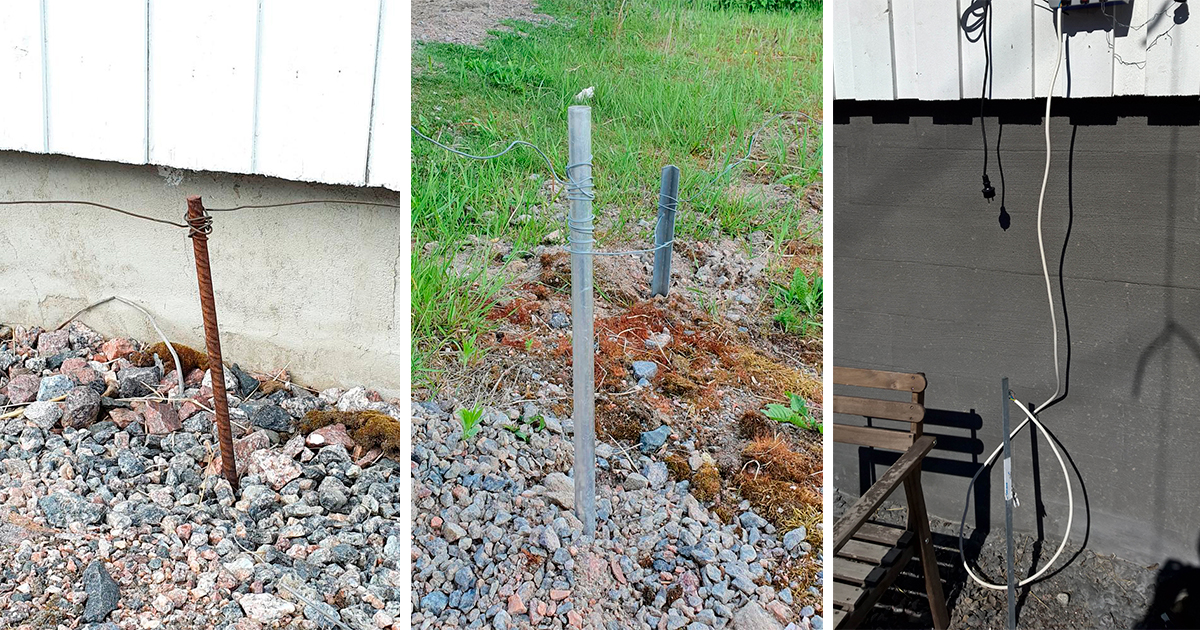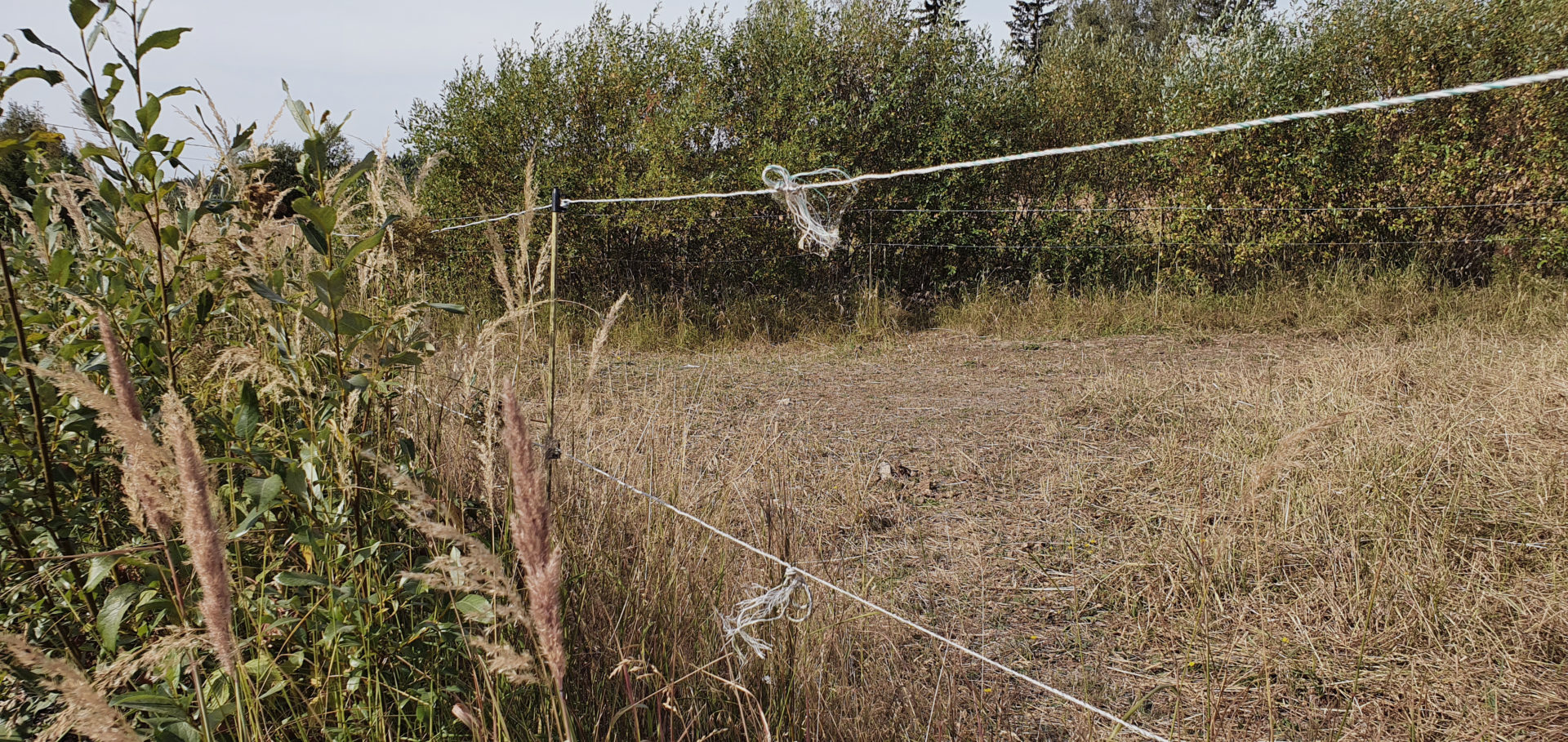Yes, indeed. Sometimes a gate can be a nuisance. For example, when there is no electricity in the fence following a gate. Or if the fence is electrified with the gate closed. Or with all the gates closed. Or, well...
Gates do not usually cause great weeping and gnashing of teeth, but sometimes that can happen. For example, if there is no shock voltage after the gate. Many people using electric fences for animal control expect electricity to be present all the time and throughout the fence.
In our Winter Fencing Guide and the article on winter fence tapes, we explained how important it is to arrange for electricity not only a path from the energiser to the fence, but also a return path back to the energiser. These issues are of key importance in case of gates as well. Since repetition is the mother of learning, let’s start with the 101 of electric fence operation:
- When an animal touches the electric fence, electricity passes through the animal into the ground and through the ground back to the energiser, giving the animal a shock on the way.
- If the electrical path between the animal and the ground is interrupted for some reason, the animal will not receive a shock, even if the energiser functions in the manner intended.
- In winter, electricity cannot pass from the animal’s feet into the ground through the insulating snow and ice, and the animal does not receive a shock when it touches the fence. The flow of electricity between the animal and the ground can also be interrupted in summer, in very dry conditions or on rocky terrain.
- The time is now ripe for the subject of this article, which is that the flow of electricity can also be interrupted at the gate.
When can a gate cause problems?
The example figures represent a winter fence made using winter fence tape or the two-wire technology. The ground is frozen and covered with half a metre of snow.
Let’s start with the easy part: In Figure 1, the gate does not interfere with the electricity flow, be it open or closed. In case of this fence, the animal will receive a shock at any section of the fence even with the gate open, since both the shock (red line) and the return (black line) are connected to the energiser from both sides of the gate.
Naturally, if earthing rods have been additionally connected to the energiser’s earthing terminal, in the case shown in the figure, electricity can return to the energiser through the soil, provided it is not frozen.
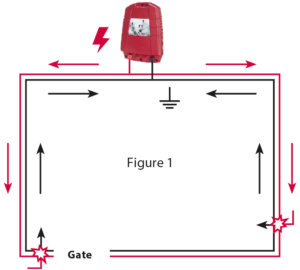
In case of Figure 2, there is an evident problem: The fence section between the gates marked with yellow dashed line is problematic in terms of electricity flow. In order for the animal to receive a shock at this section also if both gates are open, both the shock and return paths must be passed underneath the gate using a high voltage cable (Figure 3).
Fortunately, the volume of excavation works required is reduced by that the cable needs not be buried under each of the gates: Making the passage under one of the gates is sufficient to achieve a situation similar to that of Figure 1. Note that even if the shock voltage wire would continue in the gate, the return path would still require passing underneath the gate because of the insulating effect of snow or ice. Therefore, it is reasonable to do the digging work for both cables at the same time.
And no, you cannot escape from digging by installation of earthing rods: With both gates open, the shock voltage would still not jump over the gate to the section marked in yellow.
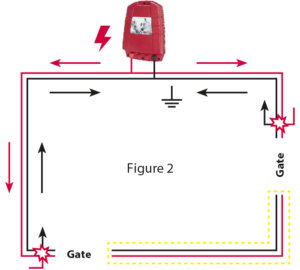
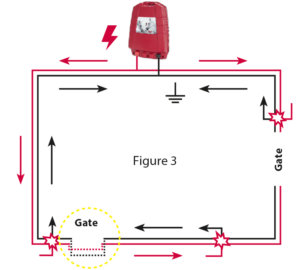
Why use a high voltage cable for the passage underneath?
Not just any cord is suitable for making passages under the gates – you should use a high voltage cable with double insulation designed specifically for energiser applications. Not because energiser manufacturers need to make an extra buck selling their cables, but because you need a cable capable of withstanding even the 10,000V+ voltages generated by the energiser.
Ordinary electrical installation cables have been designed to withstand only the 230V coming from a wall outlet. 10,000 volts is quite a lot more than 230 volts. An ordinary cable used in a passage underneath a gate would be like a leaking water hose: Electricity can escape from it, leading to steep voltage drop and leaving the fence just as non-functional.
As regards earthing, an iron wire could technically be used to implement gate passages, but this would be unreasonable in terms of durability: over time, the iron wire would corrode and break. Therefore, it is a good idea to use the same high voltage cable for functional, durable, and long-lasting shock and return paths.
By the way, the high voltage cable can also be used for supplying electricity to the fence, for example, if mains power is not available right next to the fence and the mains energiser has to be placed further away from it.
PS. Always keep in mind that the cable must be buried deep enough to prevent damages caused by animals trampling on it even if the soil has softened due to heavy or prolonged rainfall.


